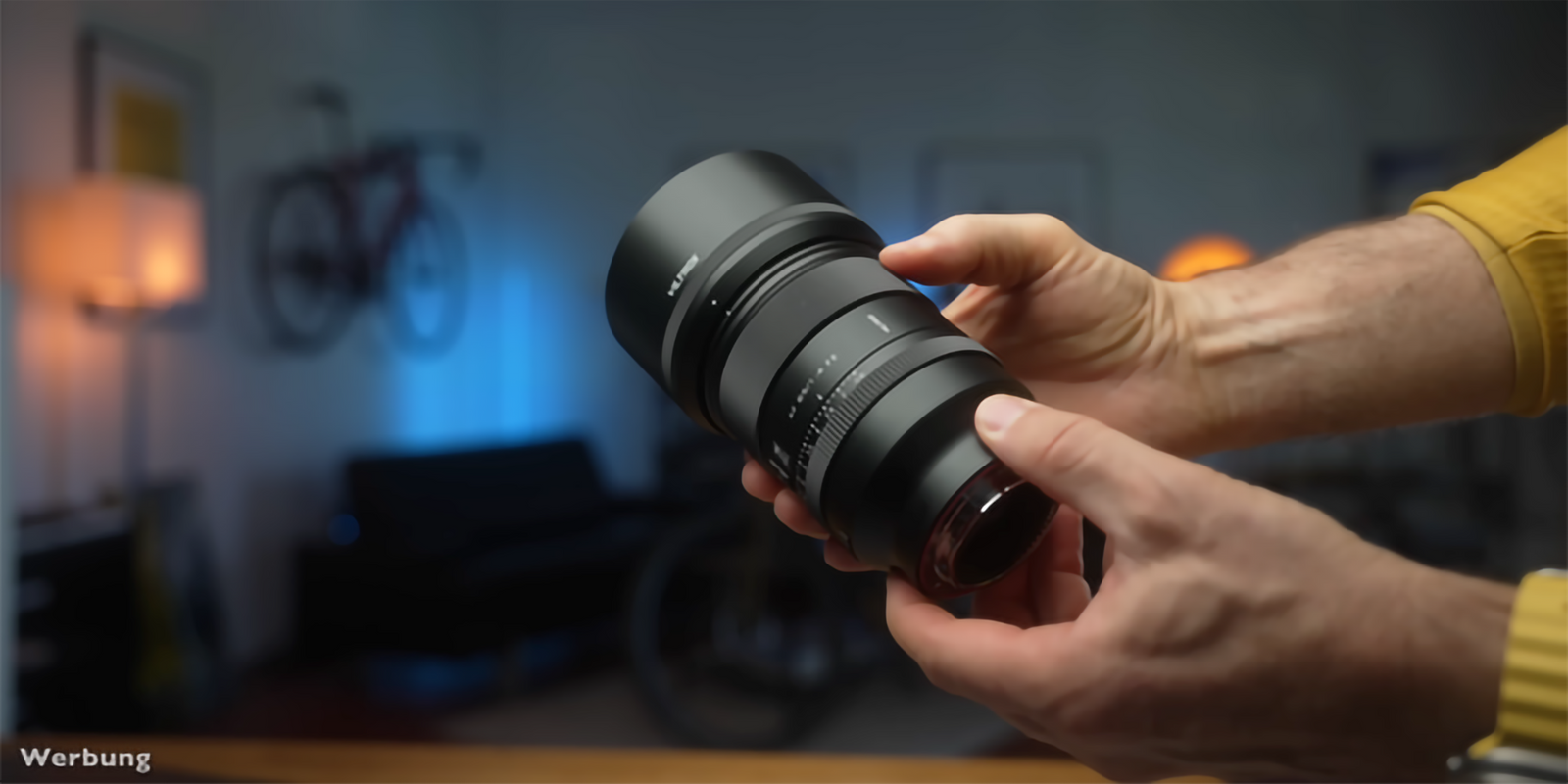Viltrox 85mm F/1.4 review: The ultimate comparison for portrait photographers
F/1.4 or F/1.8 – this is a question many photographers struggle with when purchasing an 85 mm portrait lens. Both options have their legitimate strengths: The F/1.8 scores with its compactness, weight, and often faster autofocus, while the F/1.4 opens up additional creative possibilities. Stephan Wiesner has extensively tested the new Viltrox 85 mm F/1.4 for Sony and shows you which option is ideal for which application.
Two philosophies of portrait photography
Both approaches have their merits: The 85 mm f/1.8 is the practical choice for everyday use. It offers excellent image quality, is easier to transport, and usually more cost-effective. In addition, it often has a more responsive autofocus, which is advantageous for spontaneous shots. The f/1.4, on the other hand, opens up additional creative dimensions. Its extreme light intensity enables special image effects and works reliably even in very low light.
Stephan Wiesner's test of the Viltrox 85 mm f/1.4 on the Sony A7C quickly reveals that the difference between f/1.4 and f/1.8 isn't dramatic, but it's clearly visible. The increased background blur of the f/1.4 aperture is particularly evident in classic headshots. The distance factor plays a crucial role: the farther you are from your subject, the sharper the background becomes. As you get closer, the blur becomes noticeably stronger. At f/1.4, this effect is significantly intensified.
Especially with very tight headshots, you have to be especially careful with f/1.4. The depth of field becomes so extremely shallow that quickly only an eyebrow or a single eyelash is in focus. As soon as the model is slightly tilted, often only one eye is in focus. For such shots, experienced portrait photographers usually work with apertures of f/2.5 to f/2.8. The true power of f/1.4 becomes apparent in half-body or full-body shots, where the extreme light intensity can be fully utilized.
Bokeh quality and creative possibilities
The Viltrox 85 mm f/1.4 particularly demonstrates its strengths in bokeh—the quality of the blur. Not only is the background beautifully softened, but distracting elements in front of the subject also disappear elegantly into the blur. This feature is especially valuable if you like working with so-called "distractors"—leaves, branches, or other elements in the foreground that can enhance the image's impact. At f/1.4, these elements become dreamily soft blur elements.
Modern lenses are usually coated to minimize flare. The Viltrox is no exception. However, if you point it directly at the sun, you'll notice quite visible lens flare. These flare effects occur primarily at wide apertures (f/1.4 to f/1.6) and can be distracting or—at the right angle—create a highly artistic effect. Especially for atmospheric portraits during the golden hour, these flares can enhance the desired mood.
Even at f/1.4, the lens is very sharp in the center of the image, with slight blurring at the edges that disappears when stopped down. As with all fast lenses, vignetting is noticeable at wide apertures – dark edges that can be desired for artistic effect or corrected in post-production.

Very fast lenses often have a reputation for being weak when it comes to autofocus. The legendary Canon 85 mm f/1.2 was notorious for its slow focus. The Viltrox 85 mm f/1.4 performs significantly better here. Lens detection and eye detection work seamlessly, and focus is fast and reliable. For classic portrait photography, studio shoots, or model shots, the performance is more than sufficient. Limits only become apparent in sports photography or action shots, where running subjects can only be tracked to a limited extent—but that's not what an 85 mm portrait lens is designed for.
When filming, a typical phenomenon of fast lenses becomes apparent: focus breathing. When the focus changes, the image composition also changes slightly. Instead of exactly 85 mm, you have slightly more or less focal length depending on the distance. This is irrelevant for photographers, but videographers should be aware of this effect.
A question of photographic style
The Viltrox 85mm f/1.4 is a compelling portrait lens that particularly excels in creative applications. The choice between f/1.4 and f/1.8 ultimately depends on your photographic style and intended use.

Photographers who frequently work in low light, use extreme background blur as a stylistic device, or enjoy experimenting with foreground elements and artistic bokeh effects will appreciate the additional capabilities of the f/1.4 aperture. However, those looking for a handy, responsive lens for everyday use and primarily shooting in good light conditions will be well served by the f/1.8 version.
The difference between the two options is real and visible—both deliver excellent results for portrait photography. The Viltrox 85 mm f/1.4 definitely makes you want to get out early in the morning, hire a model, and capture those special lighting moods. No matter which option you choose, both can produce fantastic portraits and have their place in the equipment arsenal of ambitious photographers.

